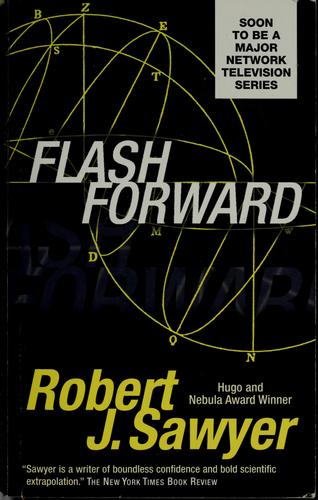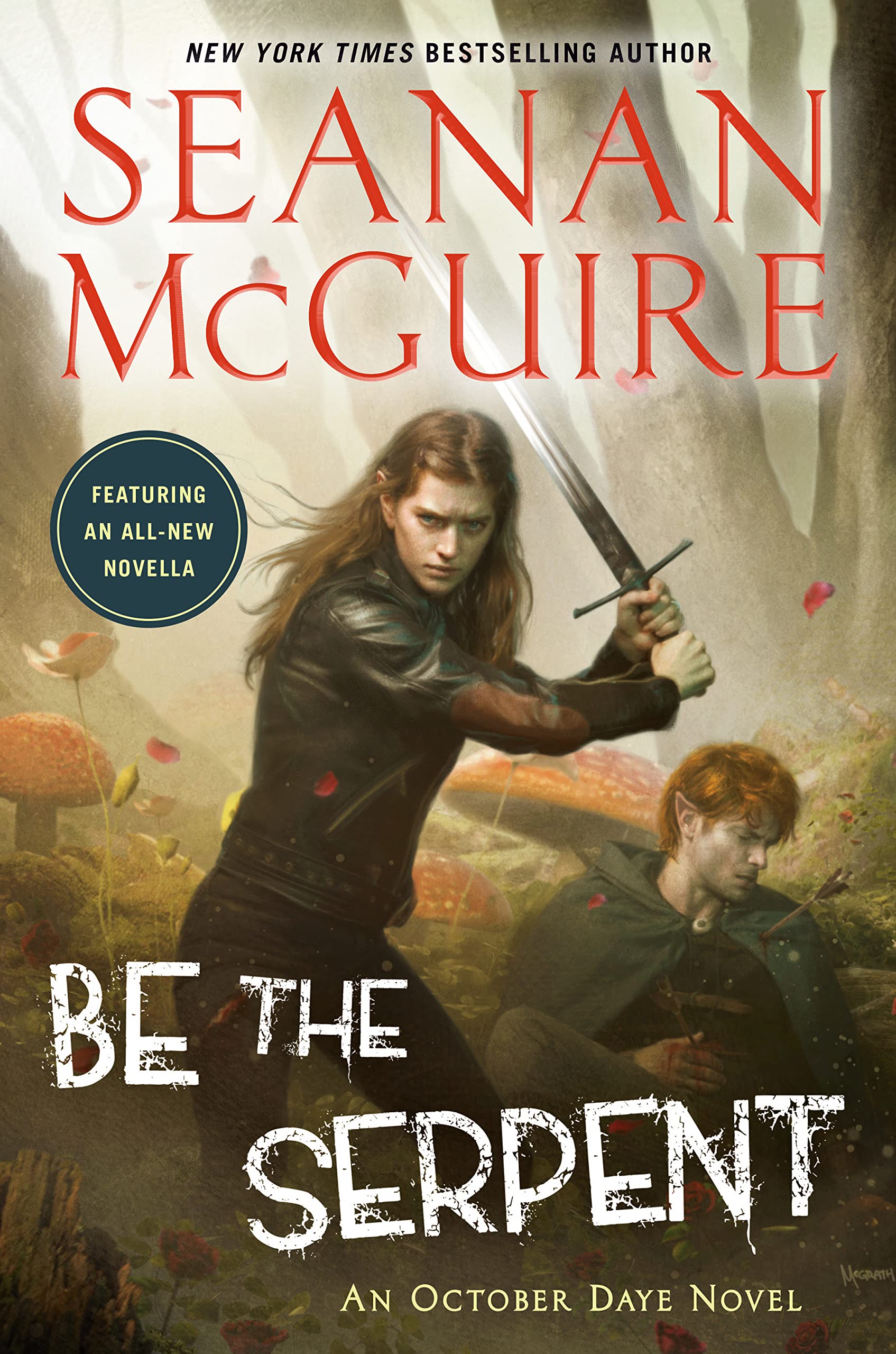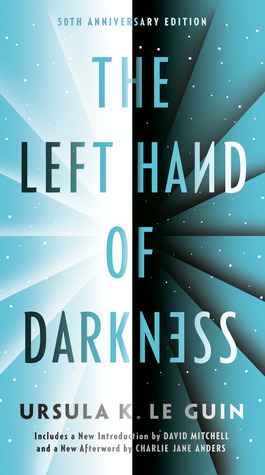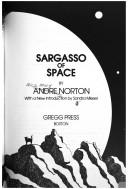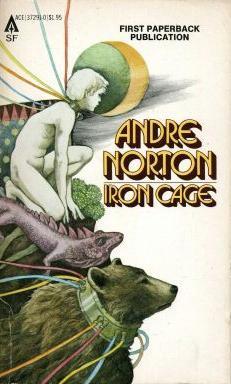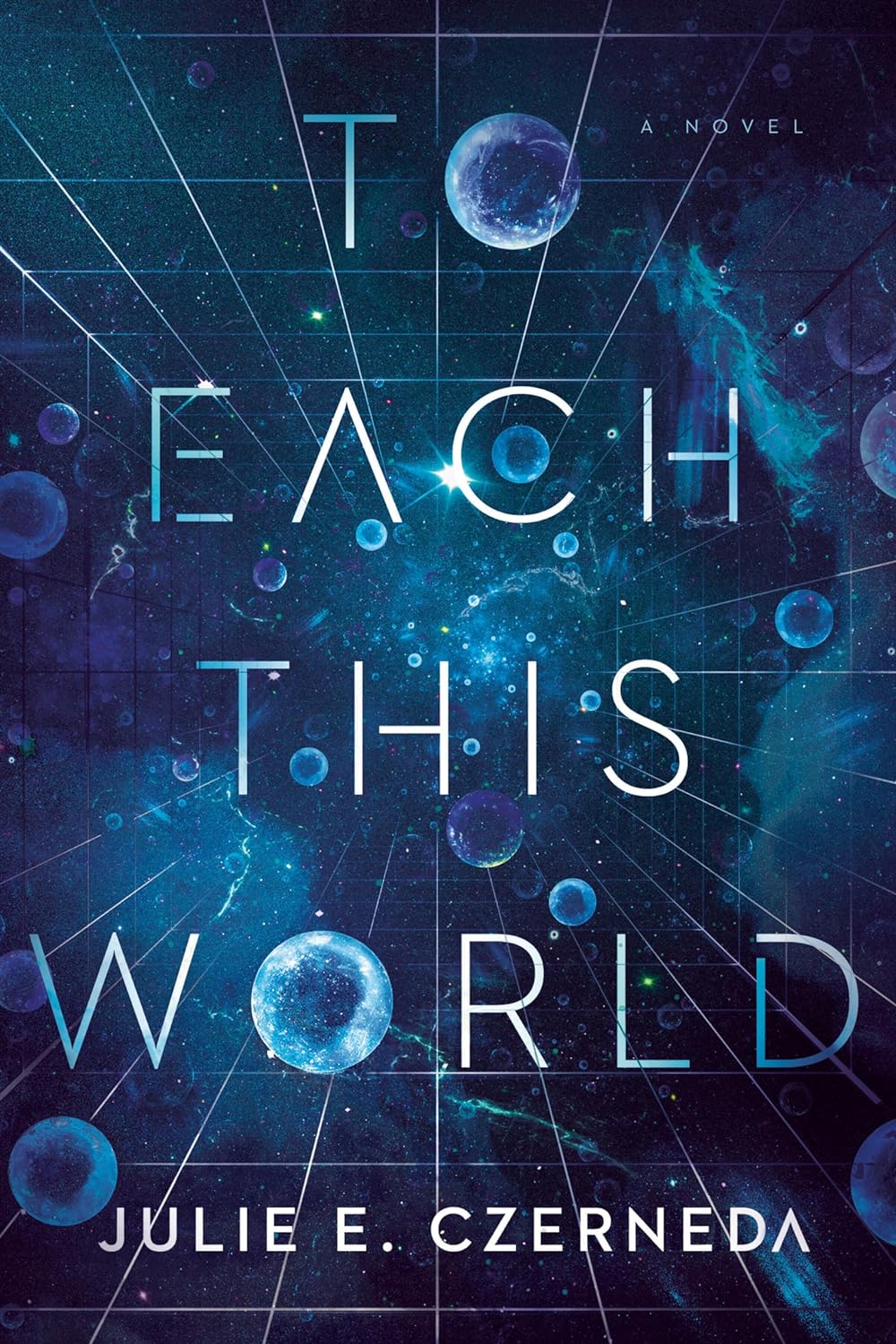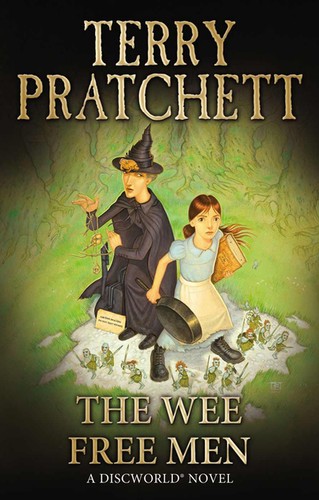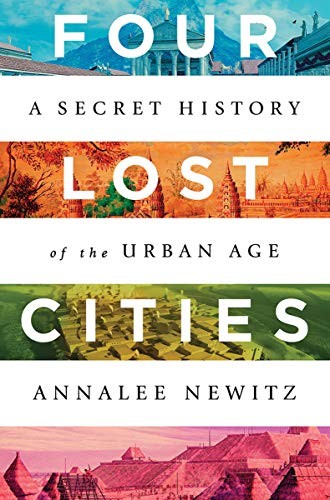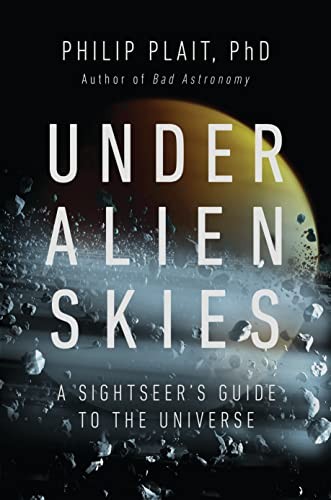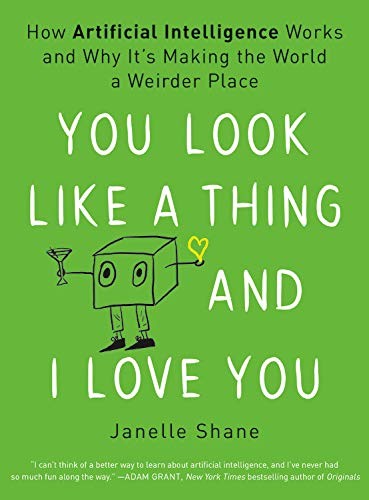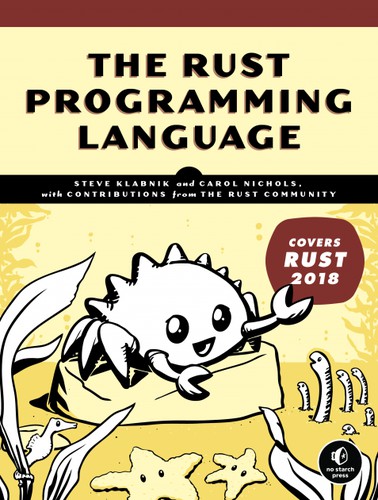Kelson Reads reviewed Four Lost Cities by Annalee Newitz
Fascinating look at how cities form, live and die
5 stars
Modern archaeology has drastically increased what we can learn from ancient ruins, and Newitz turns this lens on the history of how cities form, how they thrive, and how they die. The writing is engaging and accessible, flowing through what we know, how we know it, how certain we are about it, and the author's first-hand experiences with archaeologists at the actual sites.
The book has added a lot to my understanding of Pompeii and Angkor. Çatalhöyük is fascinatingly weird. And I'd really like to know more about Cahokia. (So would the people studying it!)
Satellites and Microscopes
There's a recurring theme of re-examining what we thought we knew, using either new technology or new perspective. Angkor is perhaps the best example: LIDAR surveys in the last 10-15 years have revealed the remains of building foundations and an irrigation network outside the walled temple complexes. It wasn't a medium-sized …
Modern archaeology has drastically increased what we can learn from ancient ruins, and Newitz turns this lens on the history of how cities form, how they thrive, and how they die. The writing is engaging and accessible, flowing through what we know, how we know it, how certain we are about it, and the author's first-hand experiences with archaeologists at the actual sites.
The book has added a lot to my understanding of Pompeii and Angkor. Çatalhöyük is fascinatingly weird. And I'd really like to know more about Cahokia. (So would the people studying it!)
Satellites and Microscopes
There's a recurring theme of re-examining what we thought we knew, using either new technology or new perspective. Angkor is perhaps the best example: LIDAR surveys in the last 10-15 years have revealed the remains of building foundations and an irrigation network outside the walled temple complexes. It wasn't a medium-sized city crammed into those stone walls. It was a large city built around them. And mundane records of things like workers' shift assignments and rations, previously ignored by Western archaeologists, hint at changing political conditions in later years as the infrastructure failed.
Even Pompeii, with its ruins remarkably preserved under volcanic ash, and written records still available of not just administrative details but first-hand accounts of the eruption, benefits from taking a new look at records we already have: Cross-referencing census and death records for Pompeii and nearby towns reveals where survivors resettled.
There are no written records of Çatalhöyük (in modern Turkey) or Cahokia (in modern Illinois), only ruins and artifacts, but sometimes those artifacts have stored surprisingly detailed information: There are indications of a drought during the time the city was inhabited...and sure enough, residue from stews in cooking pots indicate that the people shifted to eating animals that need less water, and that the animals ate more drought-tolerant plants, around the same time.
Lifecycle of a City
Newitz makes a point of drawing parallels to modern cities. (Pompeii had fast food carts, ads, and sports riots!) Çatalhöyük is the most alien. It's one of the oldest cities known, and it seems people were still figuring out how to make one. All the buildings are basically cubes attached to each other, accessed through doors in the roof, and they all seem to have pulled multiple duty as bedrooms, kitchens, storage, etc. Kind of like a Minecraft house, if you could bury your dead relatives under your bed. (Sometimes they'd keep the skull in a wall niche, though!)
It's easy to think of these ancient cities as dead ends where civilizations failed. Unlike, say, Rome, where you can see a continuous line from the ancient city to the modern. But they weren't all cataclysms, and the people didn't just disappear. Cahokia seems to have been wound down when people were done with it, Çatalhöyük and Angkor slowly emptied out as people moved, and even Pompeii had survivors who resettled nearby.
They're not dead ends. They're stops along the way.
